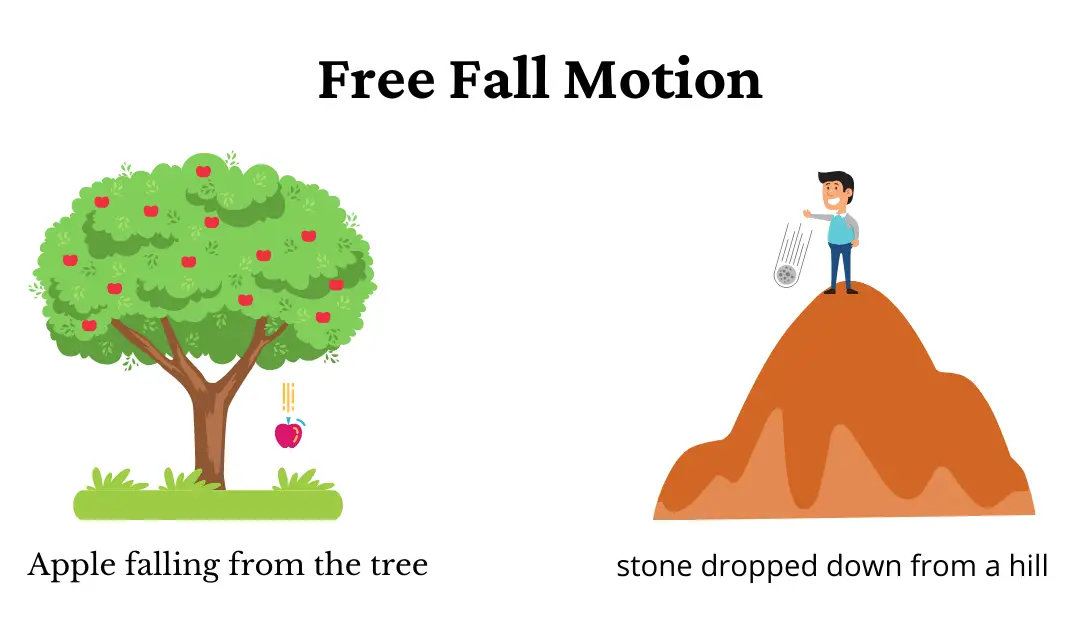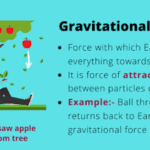We all are surrounded by different kinds of forces and we all need those forces to carry out almost all of our tasks. At first, it may seem weird but I can assure you that every task you do involves forces. Whether you are driving your car, walking to the nearby store, or just laying down quietly on your bed, you are being acted upon by forces. But these forces are divided into two major types that we can understand. These types of forces are, ‘Unbalanced Forces’ and ‘Balanced Forces’. In this article, our focus will be mainly on the ‘Unbalanced Forces’. So let’s dive into it.
Unbalanced Forces:
As the name suggests, unbalanced forces are a system wherein the forces acting on a particular point are not summing up to have a net-zero influence. The state of motion of an object will never be at rest if it is been acted upon by unbalanced forces. Therefore, an object will be in motion until it is countered by a force with the same magnitude as the earlier net force but in the opposite direction. We can try to understand this phenomenon by the following common examples we came across in our daily life.
Examples of unbalanced forces:
1. A freely falling body
Imagine you are on top of a 20-story building and drop a tennis ball from that height. The forces that act on the ball as you release are a solid example of unbalanced forces. The forces that act on the ball upon the release are the gravitational force (due to its own weight), the drag due to air resistance, and the Magnus force only if the ball is spinning while it is falling. As the drag force which is opposite to the gravitational force is very less, it can never counter the g-force to achieve equilibrium for the ball in mid-air and so the ball falls until it hits the ground.
2. A lift moving up
We have always used lifts to move to a particular story of a building if it is too high to reach by stairs. When the lift just starts moving up in a tall skyscraper, the tension force in the ropes attached to the lift above surpasses the force exerted by the gravitational force on the mass of the lift and the people aboard combined. As a result, we reach our floor destination without any physical effort.
3. Airplanes traveling in the air
Planes traveling in the air are a great example of an unbalanced force. When an airplane is in mid-air, it is acted upon by the gravitational force ‘mg’ which tries to pull it down. This downward force is counteracted by the lift generated by the wings of the plane which works on the Bernoulli effect. The engines of the aircraft produce the thrust force to move the plane forward. The drag force acts opposite to the motion of the plane but is very small compared to the thrust force. This creates an unbalanced force giving the airplane motion in the desired direction.
4. Rocket Launches
Rocket launches are one of the most amazing engineering wonders to witness and also depict a great example of an unbalanced force that acts on the rocket. To achieve the intended altitude and trajectory of the rocket, a huge amount of thrust in an upward direction is built making the use of the fuel, engines, and the exhaust mechanism. This thrust force counters and exceeds the force exerted by the weight of the rocket and the drag force exerted by the earth’s atmosphere while moving upwards. The surplus force then helps accelerate the rocket away from the gravitational force of our planet and ultimately places it in space.
5. Ion Propulsion by Space Probe
Ever wondered about how space probes launched into space change directions? This is done by the accumulation of solar energy and then converting it to electrical energy to propel ions in the direction opposite to what the space probe intends to go. So, by the conservation of momentum, the probe is pushed in the opposite direction by the ions which are propelled in another direction. There is no other force in space as it is a vacuum and also the gravitational forces are minimal when at a great distance from planets. This creates the traveling probe a perfect example of an unbalanced force.
6. Sliding on garden slide
Slides were very relevant to us when we were kids and I bet everyone has played on a garden slide at least one time in his/her lifetime. Here, we slide because of the unbalanced force generated between our weight pulling us down and the friction force acting on our body surface that is in contact with the slide. The weight force component is bigger than the frictional force which opposes it thus bringing us down the slide.
7. A pendulum in action
A pendulum moves for a very long time once disturbed as the unbalanced forces on it never tend to cease. The forces diminish after a long duration only because of the drag caused by air resistance. If kept in a vacuum, the pendulum may never cease to move. Two main forces acting on the pendulum are the tension in the string and the force exerted by the gravitation due to its own weight. The motion keeps playing between converting the potential energy to kinetic and vice versa. This creates an unbalanced force and the pendulum keeps moving until its motion is slowly countered by the air drag.
Frequently Asked Questions
What is the definition of unbalanced force?
The forces acting on a body are known as unbalanced forces when the resultant force exerted on it is not equal to zero. Unbalanced forces acting on the body, cause it to change its state of rest or motion.
In what ways can unbalanced forces affect an object?
As mentioned in the definition of unbalanced forces, when the net force acting on an object under consideration is not zero then it could either start to move from rest, change its state of motion. Unbalanced forces can even change the direction of motion of the object.
What are net forces?
The net force in mechanics is the vector sum of forces exerted on a particle or object. In a nutshell, the net force cancels out the effects of the other forces. It provides the particle with the same acceleration as all of the actual forces combined, as described by Newton’s second law of motion. (Visit https://en.wikipedia.org/wiki/Net_force for more information)






